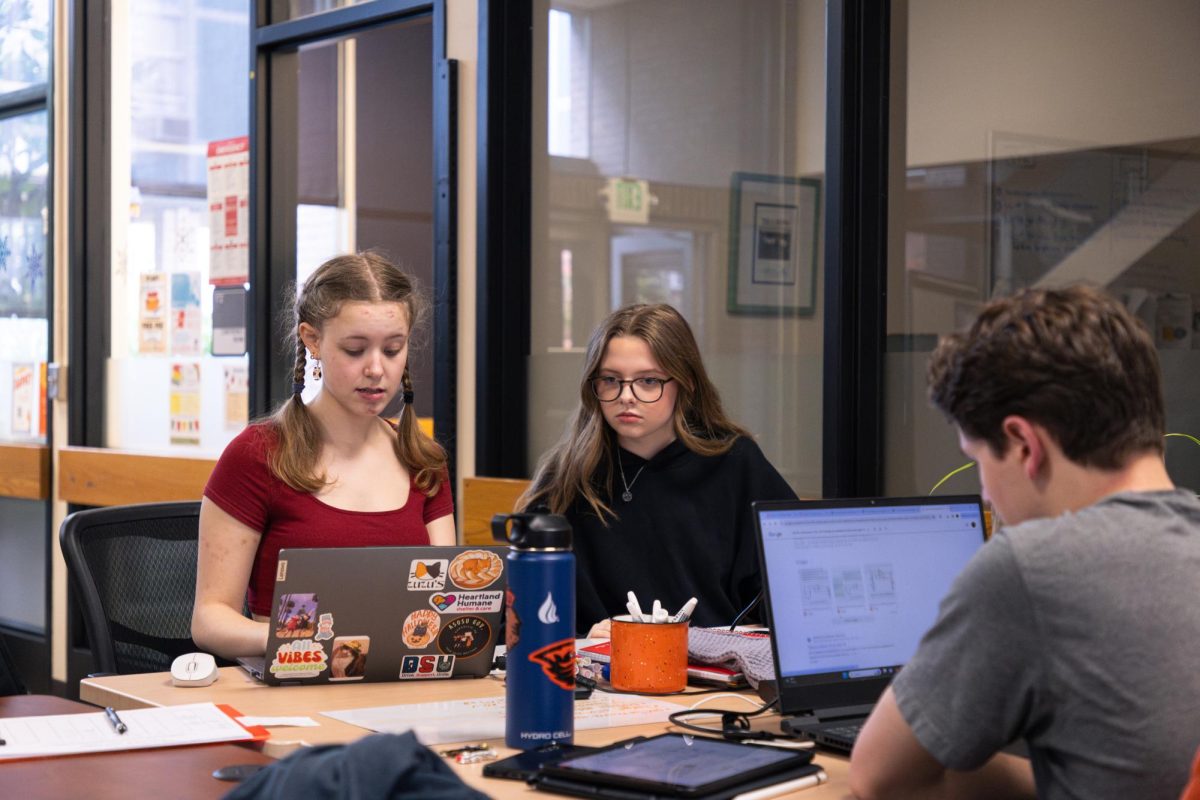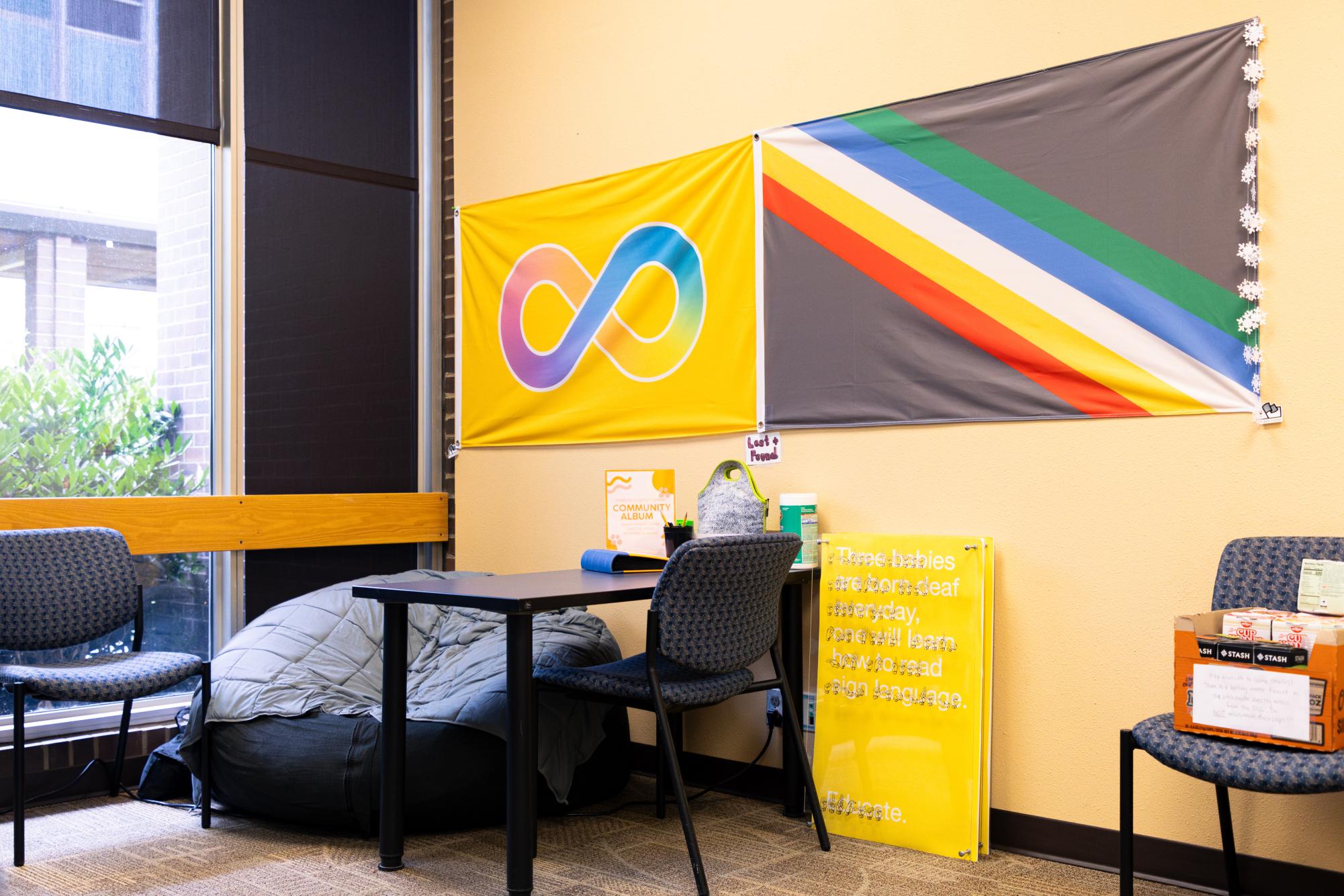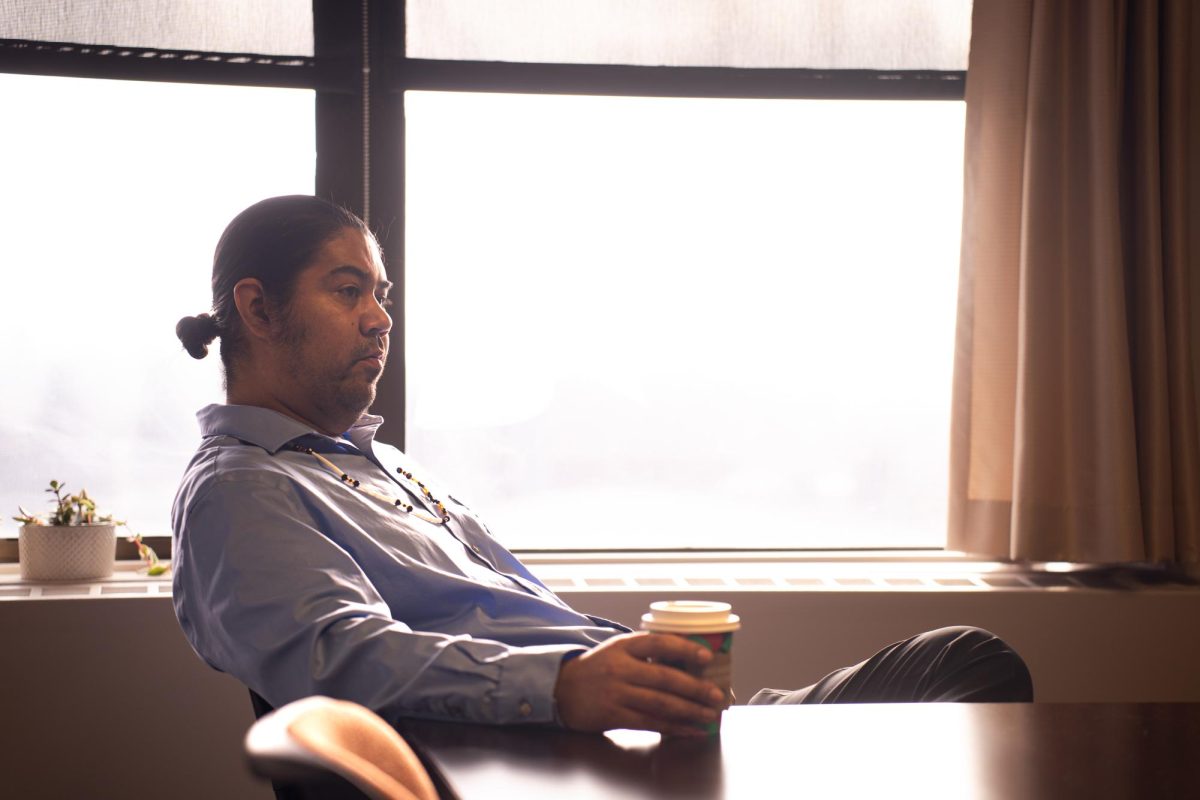Since its establishment in fall 2022, the Oregon State University Disability Student Lounge has served as a space for students with disabilities and their allies, offering a place for socialization and support.
The DSL pilot program was started as a project to see if such a space would be valuable for students with disabilities. The DSL pilot program was initially given two years to run and the end of this academic year marks the end of that period.
The DSL was started by the 2022-2023 Associated Students of OSU administration, according to Lilli Udarbe, deputy chief of staff at OSU.
Before the end of the period, the DSL’s stakeholders across OSU will make a public decision as to whether the DSL has shown to be worthwhile and deserves continued funding as a permanent space on campus.
For now, OSU has decided the DSL will continue running until spring 2025.
The conversation will discuss the DSL’s impact, challenges and future in its importance of creating accessible and inclusive spaces on campus.
Since its establishment, the DSL has grappled with various challenges, notably its confined physical space within Snell Hall, which according to DSL Coordinator Marina Ketrenos, can only fit about eight individuals total.
“Our biggest challenge is that we’ve been really working against this term is the location. It’s in Snell Hall, which is kind of a difficult to locate corner of the building. So, it’s hard to find in that aspect,” Ketrenos said.
Ketrenos mentioned that the doors within Snell Hall lack sensors. Even the ones equipped with sensors have inconsistent activation rates, about 50-50.
Ketrenos said the DSL has aimed to enhance campus inclusivity and representation for disabled students.

“It’s given (students) an opportunity to socialize with confidence that they’re in a safe space around people who will not judge them for having a disability,” Ketrenos said.
Ketrenos emphasized the DSL’s commitment to foster an inclusive community within the lounge.
“We really are trying to consider a very wide variety of disabilities because there’s physical, psychological, neurodiverse and all sorts of different things that people can be experiencing,” Ketrenos said. “We want to provide a case that is accommodating to all of them.”
Ketrenos talked about the educational posts on social media platforms and collaborative events with OSU Disability Access Services.
“We want to help educate students and just people in general on autism and on other varieties of disabilities in order to both provide valuable resources for students, who may have those disabilities and also to help to de-stigmatize those aspects,” Ketrenos said.
Udarbe discussed the need for expansion and relocation to better accommodate the growing demand for accessible spaces on campus.
“We want it to be a lot larger than one that holds eight people,” Udarbe said. “We really want to expand and move the lounge.”
Udarbe said the DSL has a QR code within the lounge and on Instagram to gather feedback.
Questions on the feedback form included: “How did you discover the lounge?” “What do you use the space for?” “How could this space be improved and what do you want to see?”
Going forward, the DSL will continue next year and then be reevaluated, according to Udarbe.
“We want to expand it by a year, see how that goes, and then if that year is successful we would like it to be a permanent space on campus,” Udarbe said. “That might be (Associated Students of Oregon State University)-funded, like it is now, or we could be joining a department as well,” Udarbe said.













































































































